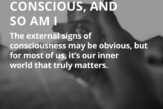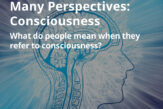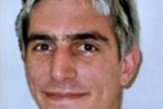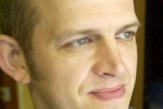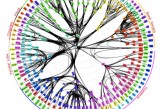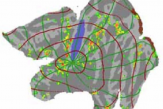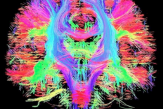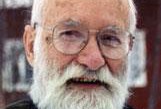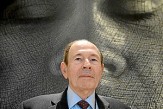Breakthrough: A brain measure of consciousness?
uppose Captain Kirk and the Star Trek crew landed on a mysterious planet with an ancient, deeply buried Zombie civilization. How could Kirk find out if the 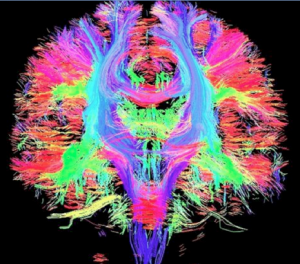 Zombies are still secretly alive, somewhere deep underneath the planet? Or suppose your cellphone died one day and you wanted to know if you were just getting poor signal reception — or maybe you fried the electronics when you spilled that caffe latte on the phone? Is your Zombie phone still alive?
Zombies are still secretly alive, somewhere deep underneath the planet? Or suppose your cellphone died one day and you wanted to know if you were just getting poor signal reception — or maybe you fried the electronics when you spilled that caffe latte on the phone? Is your Zombie phone still alive?
That’s the question medical scientists face with unconscious patients after strokes or head injuries.
How can we tell if there’s hidden consciousness in that unresponsive brain? The fact is that we have no good way to diagnose consciousness in coma patients. By some estimates, 20-40 percent of diagnosed coma cases are actually “minimally conscious.” Some of the patients are not unconscious at all, just paralyzed, so that they can’t communicate. They are “locked in.” Others come in and out of consciousness, and in some cases it looks like some parts of the brain may be conscious while others are not.
Because we can’t see what’s happening in the brain, such patients are often pronounced dead and taken off life support.
Two outstanding research teams have been working on the problem, one led by Steven Laureys in the city of Liege, Belgium, and the other led by neurologist Niko Schiff at NYU. The Italian neurologist Marcello Massimini of the University of Milan devised the technique in collaboration with Prof. Giulio Tononi of the University of Wisconsin.
The combined team has now published a genuine breakthrough. Rosanova et al just reported their findings in the neurology journal Brain.
A cellphone technician can take the cover off a frozen phone and insert two electrodes on the circuit board, one to inject a small electrical signal, the other to record it some distance away. The same principle may work in the brain. (See figure)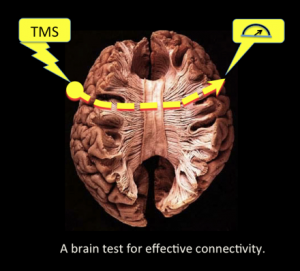
Rosanova et al used magnetic stimulation (TMS) from the scalp to stimulate the cortex, and EEG electrodes to measure activity a few centimeter away. (TMS = transcranial magnetic stimulation). The figure shows an example of how TMS in one hemisphere might trigger neural signals to go across to the opposite one. In this photo we are looking downward at the corpus callosum, the massive fiber bridge that unites the two hemispheres.
TMS stimulation of neuronal signals that can be measured at a distance is believed to test the “effective connectivity” between two points.
Effective connectivity refers to a causal link between two or more brain areas, as if signal traffic can now flow over a highway system.
Supportive evidence comes from other important sources:
1. In true coma, as verified by fMRI and other observations“ transcranial magnetic stimulation triggered a simple, local response indicating a breakdown of effective connectivity.”
2. During the most unconscious times in deep sleep, effective connectivity is localized, too.
3. Under general anesthesia, the same thing is found.
4. However, patients who are conscious but “locked in” (paralyzed) the TMS method showed widespread effective connectivity, just like the waking state.
5. When studying long-term coma patients who gradually recovered consciousness, the research team could predict recovery based on the TMS measure of effective connectivity.
These five facts fit the hypothesis. All scientific findings have to be checked and double-checked. If these results hold up, it would mean a major breakthrough in the scientific study of human consciousness. Planet Zombie is awake and conscious !!!
Source: Rosanova M, Gosseries O, Casarotto S, Boly M, Casali AG, Bruno MA, Mariotti M, Boveroux P, Tononi G, Laureys S, Massimini M. (2012) Recovery of cortical effective connectivity and recovery of consciousness in vegetative patients.
Brain: A Journal of Neurology, 1-13, January 6. doi:10.1093/brain/awr340


